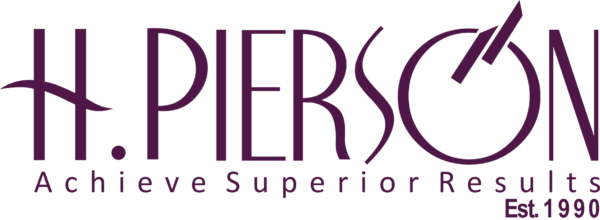In a world marked by volatility—from geopolitical friction and cyber warfare to climate shifts and technology disruption—the boardroom is no longer just a site of oversight. It has become a frontline of strategic decision-making, institutional resilience, and societal accountability.
The traditional paradigms of governance, built for linear and largely domestic business models, are proving inadequate. Today’s board directors are being thrust into a dynamic landscape where global supply chains are fragile, stakeholder expectations are heightened, and decisions carry both reputational and regulatory consequences.
A Board’s Role Has Fundamentally Changed
Gone are the days when directors could rely solely on quarterly reports and compliance updates. The new reality demands sharper visibility into digital transformation, risk interdependence, ethical leadership, and long-term sustainability. Boards must now be equipped to grapple with questions that didn’t exist a decade ago:
- How do we govern in a hybrid, borderless digital economy?
- Are we resilient against not just financial shocks, but also systemic disruptions, such as a cyberattack with geopolitical undertones?
- What frameworks ensure our climate commitments are not just stated, but embedded?
- How can we assess and challenge the strategic integrity of AI tools used across our operations?
- What does fiduciary duty mean in an age where social and environmental performance increasingly drives financial outcomes?
The Quiet Crisis: Competency Gaps at the Top
Many boards still function with outdated governance tools and limited insight into emerging domains. In sectors like finance, oil & gas, telecoms, and manufacturing, where the pace of change is relentless, this creates a dangerous disconnect between boardroom decisions and market realities.
The growing gap between directors’ governance responsibilities and their capacity to effectively fulfill them is now seen as a hidden risk across many industries. And regulators, investors, and even employees are starting to notice.
What Future-Ready Boards Are Doing Differently
Boards that are rising to meet this moment are doing three things well:
- Expanding the Definition of Governance
They are not limiting themselves to regulatory compliance. Instead, they’re embedding strategic foresight into how they govern digital systems, organizational culture, and innovation.
- Interrogating Risk in Layers
Rather than treating risk as a fixed category, forward-thinking boards are viewing it as layered, systemic, and deeply interwoven, spanning from geopolitical exposure to supply chain fragility to algorithmic bias.
- Linking Purpose to Capital
These boards are translating environmental and social commitments into financing strategy, brand differentiation, and value creation. They are not waiting for ESG ratings to catch up—they’re setting the pace.
Rethinking the Learning Curve for Directors
No one steps into a boardroom prepared to meet all these demands instinctively. This is where tailored, context-driven development becomes vital. Directors need more than technical workshops—they need an ecosystem of continuous learning that aligns with real-time shifts in the world around them.
They need to understand what it means to lead through ambiguity, to govern digital infrastructure ethically, to ask the right questions about AI and cybersecurity, and to navigate sustainability not as a tick-box, but as an investment philosophy.
At H. Pierson Associates, we’ve built our Board School to answer precisely this call. With over three decades of experience advising and upskilling boards across sectors, we’ve seen firsthand what separates resilient institutions from the rest—it starts at the top, with directors who are confident not just in their knowledge, but in their ability to adapt, interrogate, and lead through complexity.
A Final Word: Governance as Strategy
In times of relative calm, governance is often viewed as routine. But in times like these, governance is strategy. The most valuable asset a company has right now is not just its capital or technology—it’s the clarity, agility, and foresight of its board.
The future belongs to directors who are willing to unlearn, relearn, and lead differently. And those who do will not only safeguard their institutions—they will shape the next generation of enterprise.


